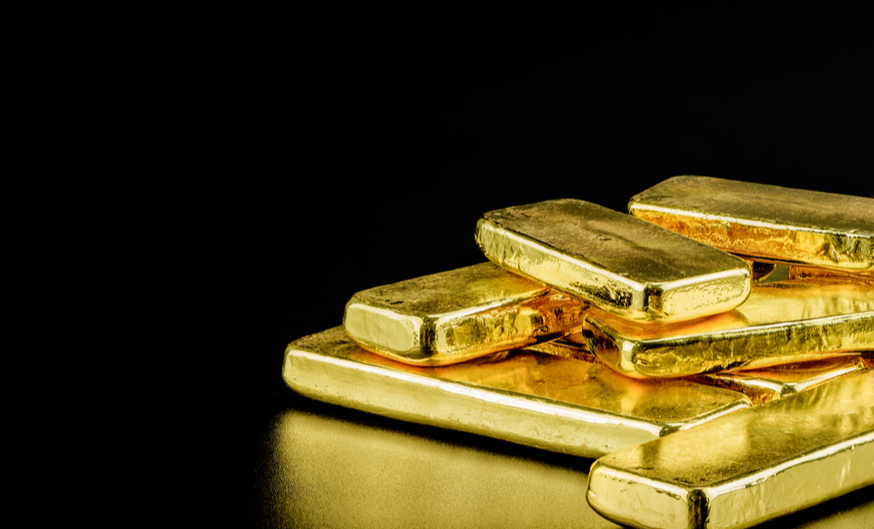 Source: itti ratanakiranaworn, Shutterstock.com
Source: itti ratanakiranaworn, Shutterstock.comOver the weekend, the price of gold reached US$1708.18 an ounce—its highest peak since late 2012—following news that oil prices were collapsing as OPEC disagreements sparked a price war between Saudi Arabia and Russia amid mounting global coronavirus concerns.
But by 2 a.m. Monday, the metal had shed 2.1% of its value, in its second dip in just 24 hours. Now, at the time of writing, gold has recovered to Friday’s pre-spike levels, trading at US$1675.44 an ounce.
It’s not exactly what many goldbugs expected. Gold investors traditionally view the yellow metal as a safe haven asset. In times of geopolitical turmoil and economic uncertainty, we typically see buyers flood into precious metals, especially as treasury yields plummet—and on Monday, the entire U.S. treasury yield curve dipped below 1% for the first time ever.
And yet, gold is seeing wild fluctuations not entirely in line with these expectations. So what’s going on?
Most analysts today are chalking up the move to simple profit-taking. As gold surged above $1,700 an ounce, investors cashed in on the precious metal, many of them raising money to offset steep losses. As Allen Sykora writes for Kitco, it’s not unlike what we saw a little over a week ago when gold fell in tandem with equities. Gold is also likely facing some price sensitivity, and concerns that economic stimulus could impact its value.
Unsurprisingly, many analysts remain optimistic about gold, saying the fundamentals should still drive it higher. The horrific oil market, growing fears of the coronavirus, and expectations of imminent rate cuts generally point to a bullish outlook for the yellow metal.
But, others are quick to note, from here on uncertainty is sure to rule, and the market isn’t likely to move logically. Whatever the case, we can almost expect more volatility, alongside big swings in financial markets.






